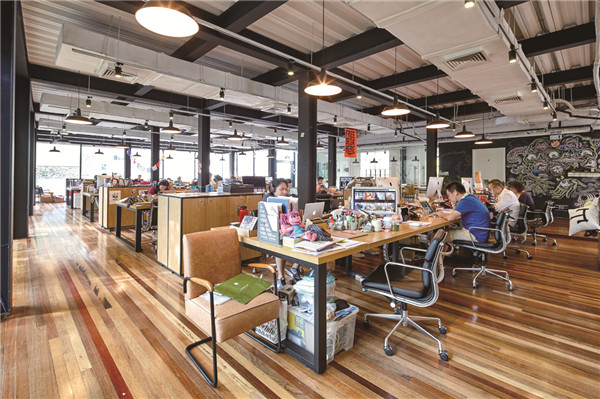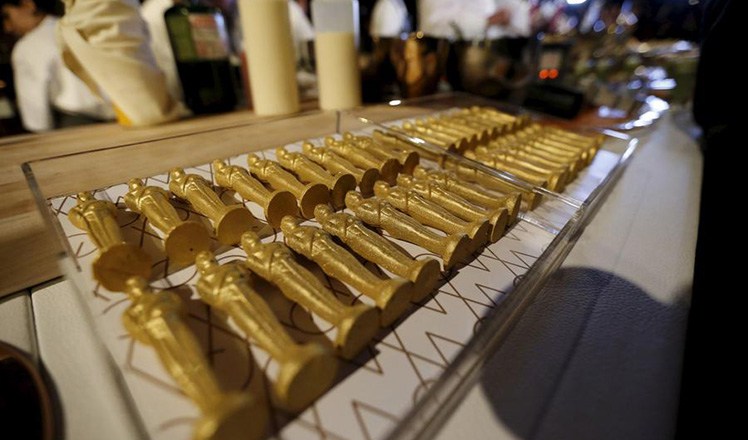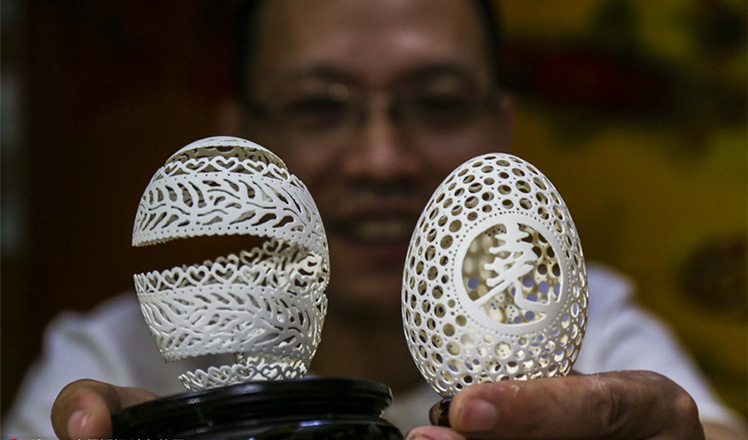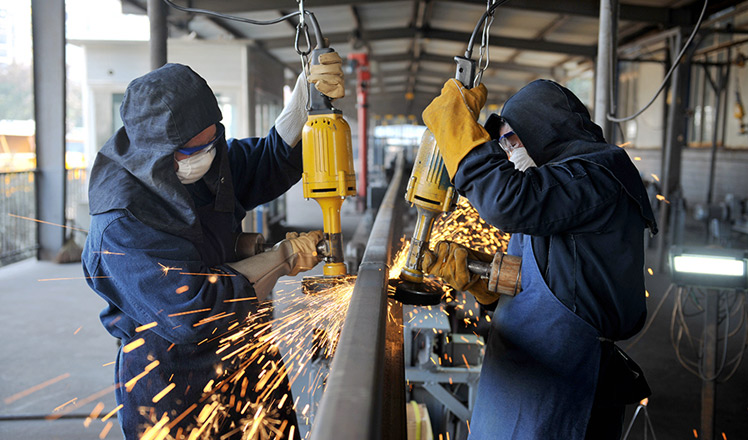 |
|
Modern spaces located within old buildings reflect the gentrification process taking place in Shanghai. PHOTO PROVIDED TO CHINA DAILY
|
Standing beside Grains is a burger bistro called Rachel’s, yet another culinary offering by Pecol, and its minimalist interior is adorned with mosaic tiles, sleek swivel chairs and stainless steel fittings. Located between these two establishments is a rather peculiar, gender-neutral restroom that is adorned with 1930s Art Deco elements, including funky mirrors that come in irregular shapes.
Experts believe that this gentrification trend will gradually be adopted in other parts of Shanghai, and they see it as a good way of preserving the city’s heritage while helping to destock housing inventory in a highly saturated property market.
According to the National Bureau of Statistics, unsold home inventory hit a record 686.3 million square meters by the end of October 2015, up 17.8 percent from the previous year. Chinese President Xi Jinping and Premier Li Keqiang have in recent times also stressed on the need to destock in order to bring vitality to the industry. It has been estimated that Shanghai’s housing inventory had hit 25.5 million square meters by the first half of 2014.
Qin Hong, director of the Ministry of Housing and Urban-Rural Development of China, claimed that first-tier cities like Shanghai and Beijing have entered “the age of housing stocking”, and that the renovation of old houses should become more prevalent in the coming years. It is also a move that is more economical. After all, the cost of renovating an old building is much lower when compared to having to procure a piece of land to construct a new property.


 Chinese photographers' work shines in major photo contest
Chinese photographers' work shines in major photo contest
 88th Academy Awards Governors Ball Press Preview
88th Academy Awards Governors Ball Press Preview
 Egg carving master challenges Guinness World Record
Egg carving master challenges Guinness World Record
 Missing children found safe in nearby village
Missing children found safe in nearby village
 Madonna's world tour lands in Hong Kong
Madonna's world tour lands in Hong Kong
 Producing high-speed rail tracks
Producing high-speed rail tracks 
 Surreal world created by Canadian photographer
Surreal world created by Canadian photographer
 Lanterns light up the night across China
Lanterns light up the night across China














